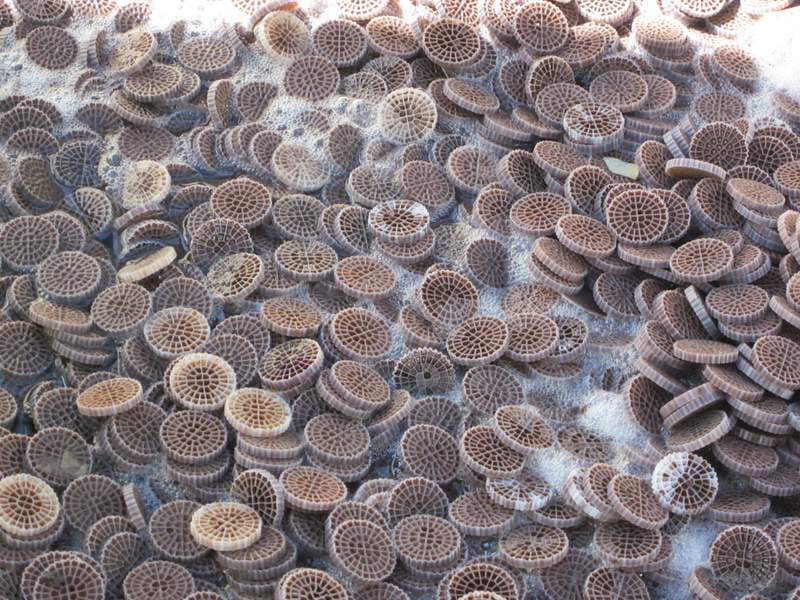MBBR Benefits
- Allows higher levels of biological solids than suspended growth activated sludge systems. Meaning that you can run high MCRT & lower F/M for a given aeration basin/secondary clarifier.
- Lower F/M means less solids production - older biomass but this does require sufficient D.O. to prevent filamentous bacteria development.
- Helps if your clarifiers are not able to support high MLSS due to hydraulic constraints.
- Media can be expensive
- Heavy FOG (grease) loadings can foul the media
- Running further into the growth curve - lower F/M - requires oxygen normally seen in aerobic digesters. Do you have the aeration capacity for more biomass?


 RSS Feed
RSS Feed